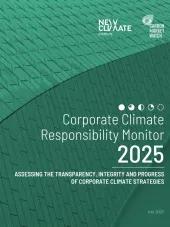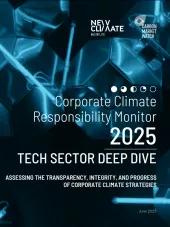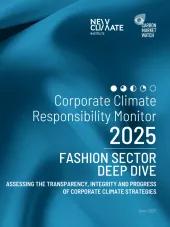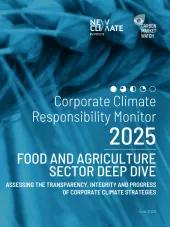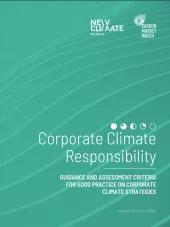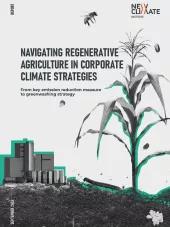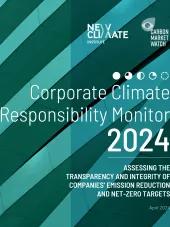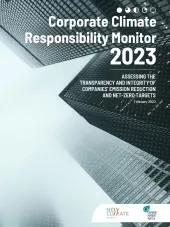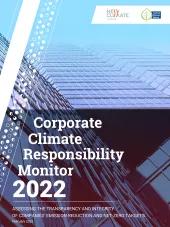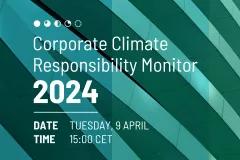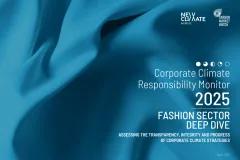This section under the 2025 Corporate Climate Responsibility Monitor (CCRM) assesses five of the largest fashion companies: adidas, H&M Group, Inditex, lululemon, and Shein. For the analysis, we focused on companies’ GHG emission reduction targets and progress on the key transitions necessary for achieving deep emission reductions in the fashion sector.
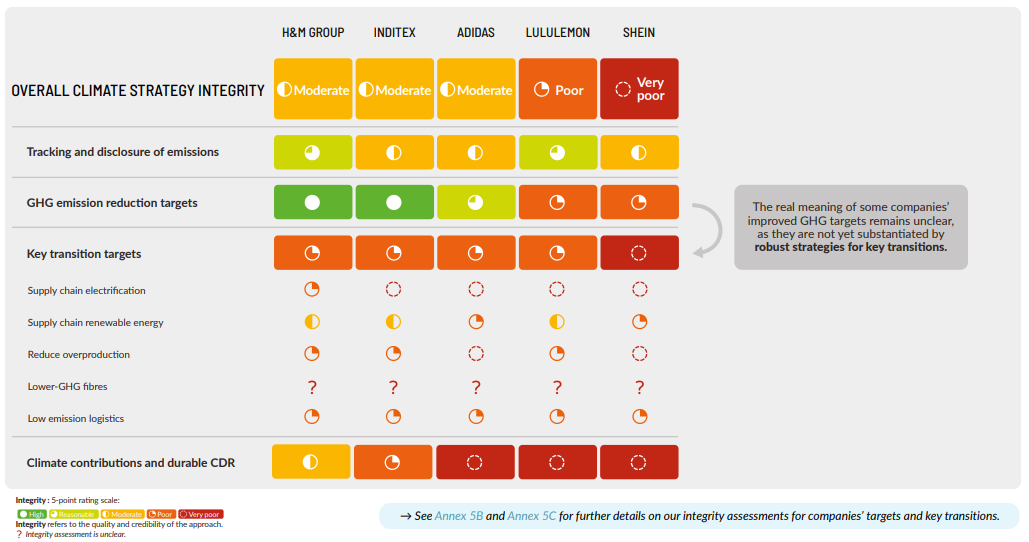
Since most of the fashion sector’s emission footprint derives from energy used in garment production within the supply chain, we identify electrifying manufacturing processes and sourcing renewable energy across the supply chain as key transitions for the sector.
“Electrification, powered by high-quality renewable energy, is the most viable and scalable solution to decarbonising fashion companies’ supply chains. To stay on a 1.5°C-aligned pathway, the industry must move beyond replacing coal use with biomass and fossil gas and commit to fully electrifying key manufacturing processes.” — Eve Fraser, NewClimate Institute
While some fashion companies have made progress in their climate strategies, the lack of critical transition measures and reliance on false solutions like biomass and fossil gas undermine the integrity of their efforts.
Key findings include:
- Moderate ratings for some, but none reach high integrity: The integrity of Adidas’, H&M’s and Inditex’s climate strategies were given moderate ratings, reflecting comparatively strong GHG emissions reduction targets and early steps towards key transitions. Lululemon received a poor rating due to weak targets, and Shein was rated very poor for minimal commitments and a lack of action on critical transitions.
- Lack of credible climate strategies across the board: None of the assessed fashion companies achieved a reasonable or high rating for the integrity of their climate strategies. This is primarily due to missing plans to electrify manufacturing processes and other shortcomings in their climate commitments.
- Renewable electricity sourcing commitments lack depth: H&M, Inditex and Lululemon have committed to sourcing renewable electricity within their supply chains. However, these are not supported by concrete plans to electrify manufacturing processes. H&M is the only company to disclose detailed energy use data, and although it leads on transparency and circularity, its efforts still fall short in critical areas such as electrification.
- False solutions risk delaying real progress: All companies except Shein, which does not disclose energy information and continues to rely on coal, plan to shift to biomass or fossil gas as coal substitutes. These alternatives deliver limited emissions reductions and risk locking in carbon-intensive systems. Biomass also raises significant environmental and social concerns, such as biodiversity loss and food insecurity.
“Many fashion companies promote bioenergy as a sustainable alternative to coal, but this is simply not true. Bioenergy is not an emissions-free energy source and may have a range of negative implications for local communities and ecosystems.” — Silke Mooldijk, NewClimate Institute
Main recommendations include:
Despite progress, approaches to addressing key transitions in fashion supply chains remain mostly shallow and beset with false solutions. This underscores the need for more prescriptive guidance on key transitions.
- Companies should complement GHG targets with clear goals for key transitions, prioritising electrification and renewable energy. A shift away from high-volume fast fashion is also essential to align with long-term decarbonisation goals.
- Standard setters such as ISO, GHG Protocol and SBTi should require transition alignment targets to guide companies’ strategies on these key transitions more accurately evaluate the integrity of companies’ commitments.
-
The report calls on standard setters and regulators to provide clearer guidance for measurable transition goals, including limits on biomass use, and to introduce policies to reduce overproduction.
This analysis is part of the Corporate Climate Responsibility Monitor (CCRM). The full report – including deep dives of the agrifood, fashion, tech and automotive manufacturers sectors as well as cross-sector trends and recommendations – will launch on 10 July 2025.




